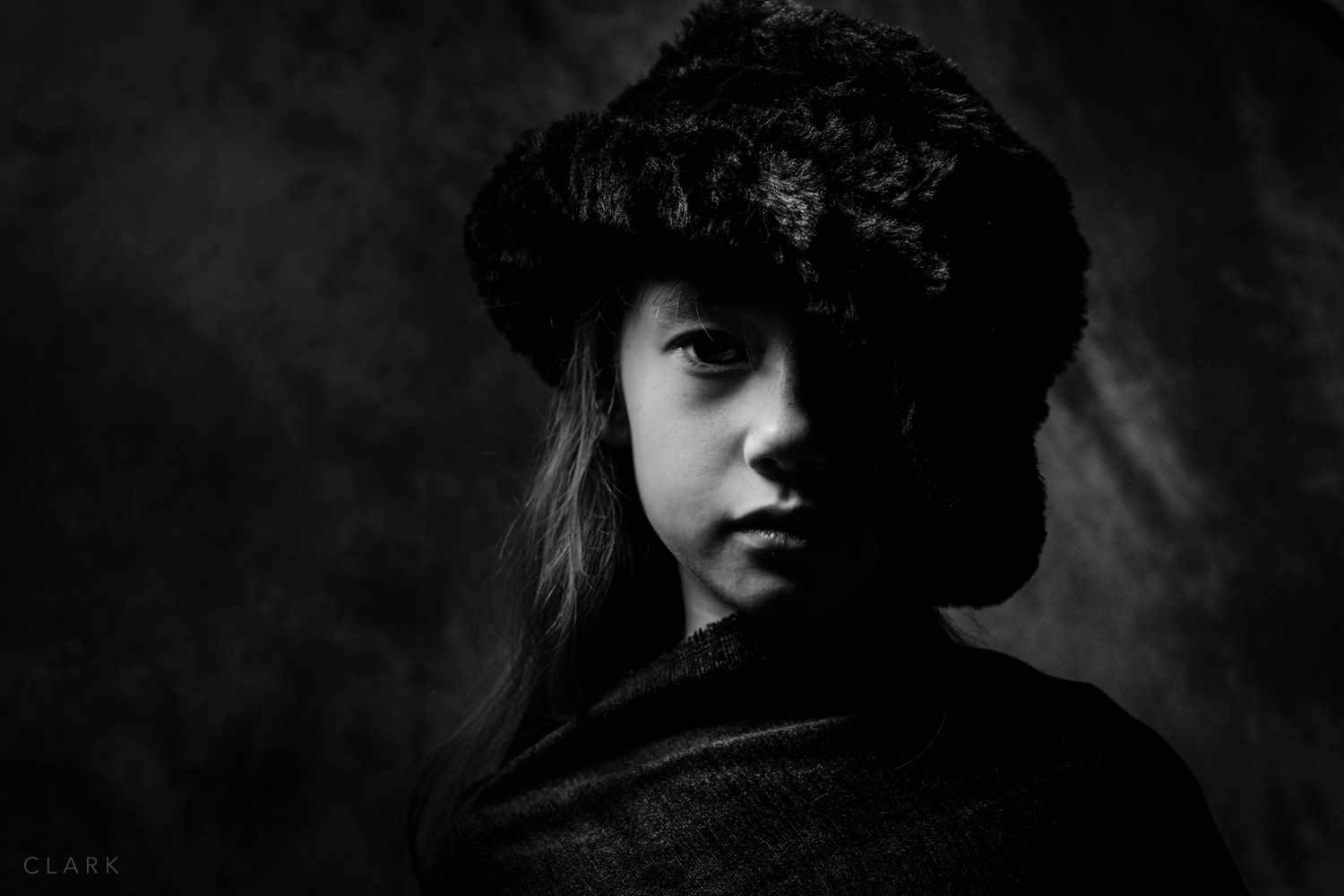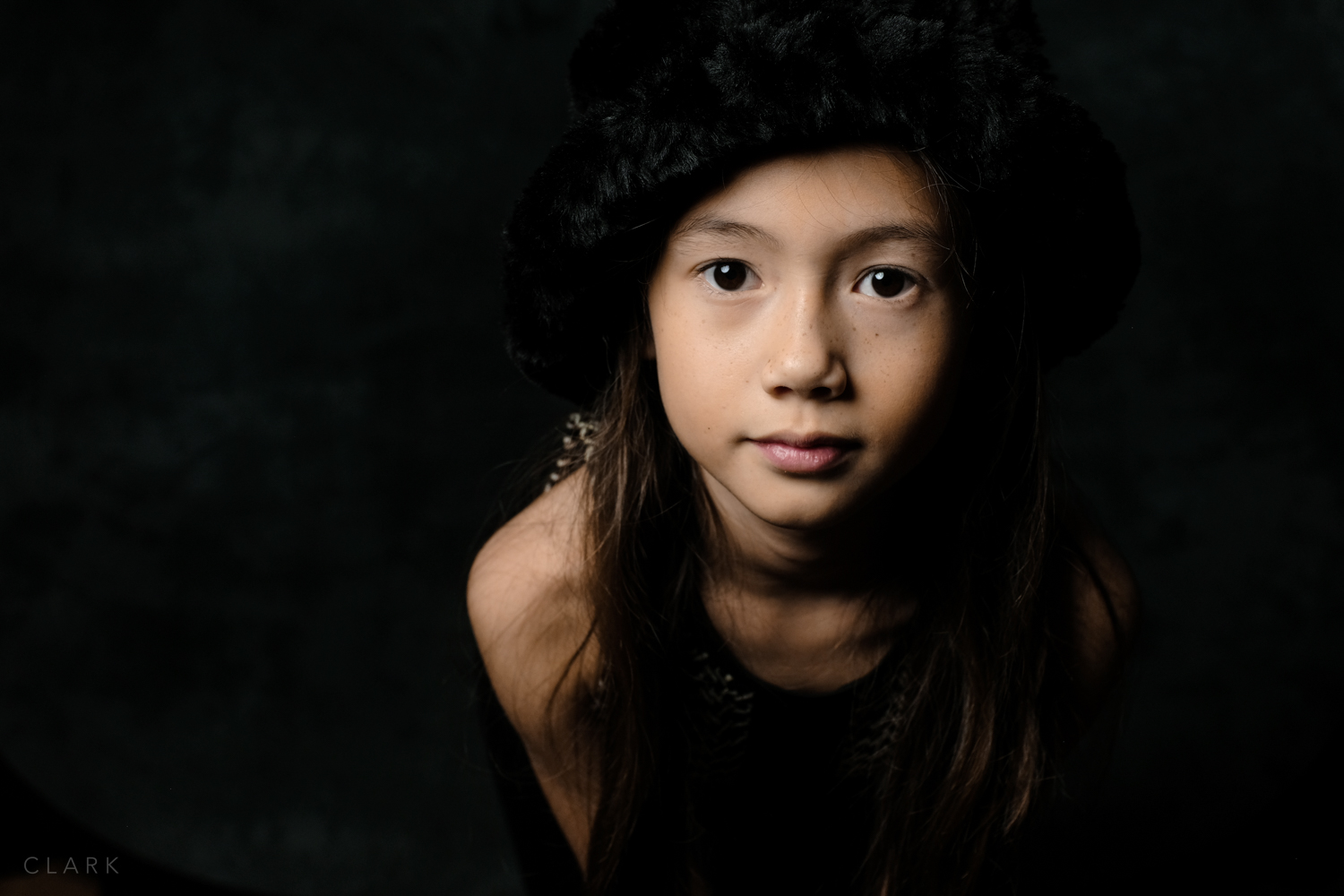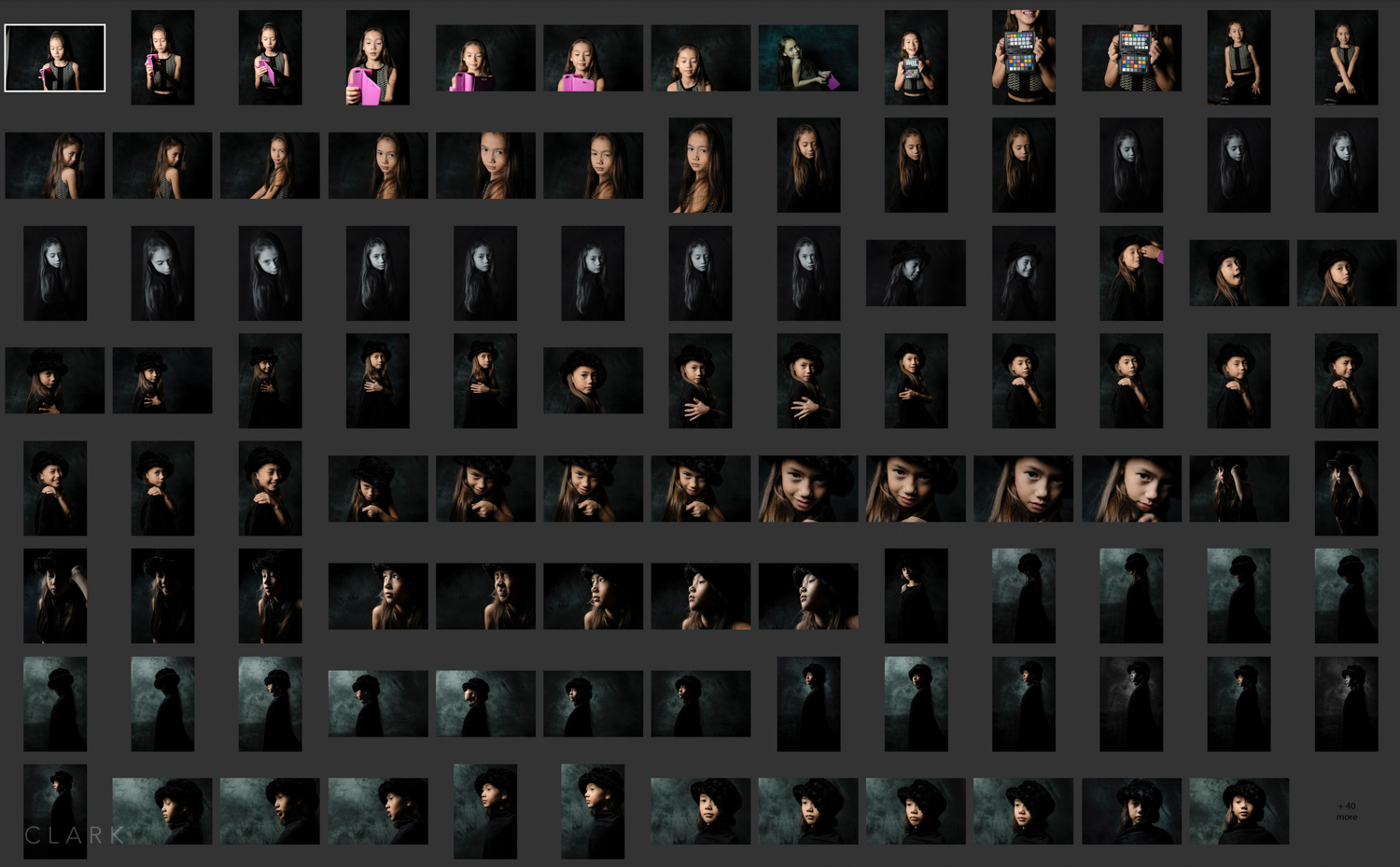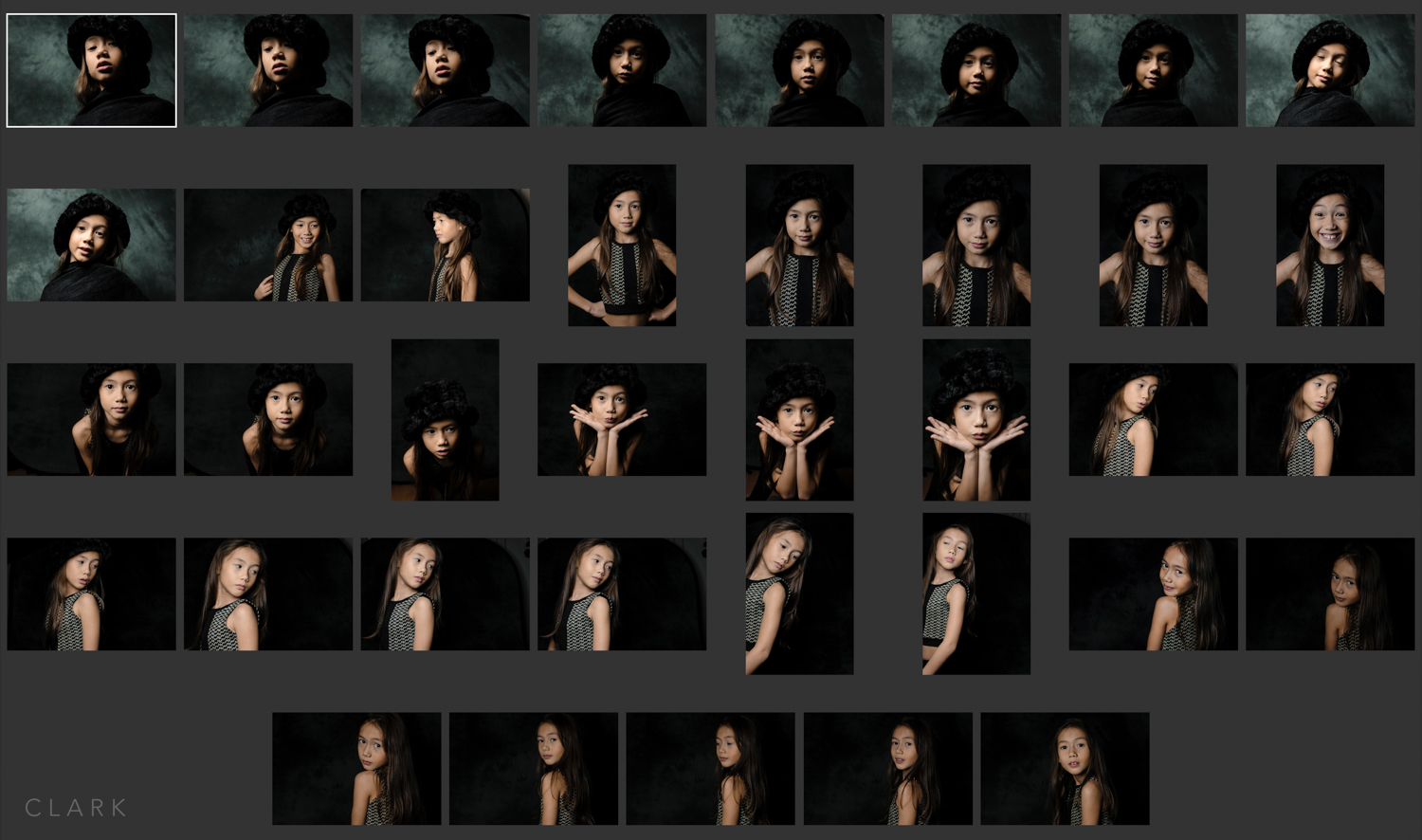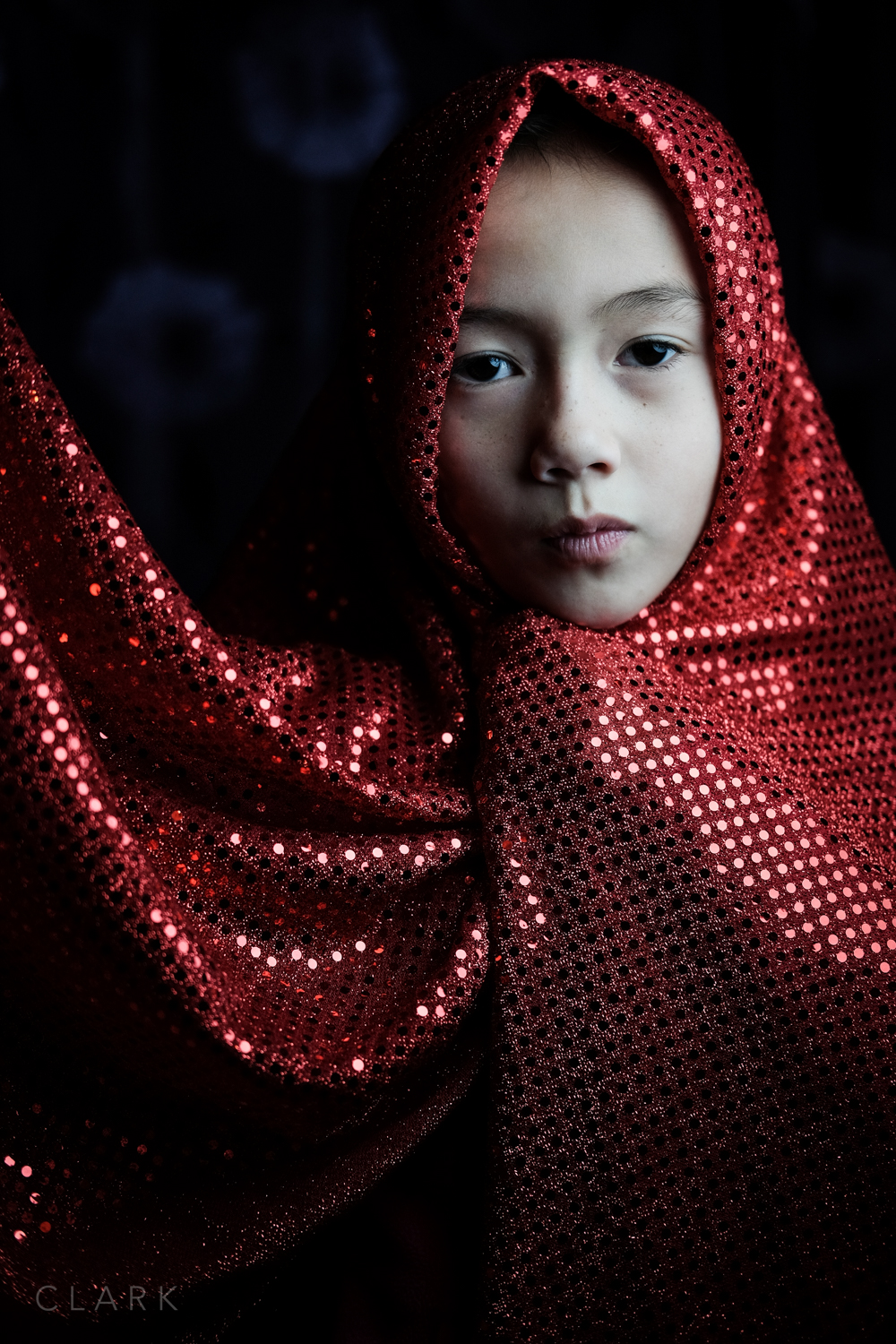Fujifilm has released new firmware for the X-T2, X-Pro2, GFX and even (unexpectedly) the X100F. Unfortunately the X-Pro2 got a little short changed this time around and it ain't feeling the love! But hopefully the great peeps at Fuji will put this right soon. You can find the latest firmware and a full list of what's new from HERE. But here are a few of my favourites.
FRONT COMMAND DIAL ISO:
One great feature that's been added to the X-T2 is the ability to control ISO from the front dial. This one appeared first on the X100F and is really handy when you want to lock in aperture and shutter speed and use the ISO to make adjustments to exposure. I do a lot of jazz concert photography and I tend to have to shoot wide open and with the shutter speed at 1/125th (my preferred minimum SS). The ISO dial on the top of the X-T2 is great, but it means taking my left hand of the camera to make adjustments. The front command dial is easy to access and let's me keep both hands on the camera. This feature was not added to the X-Pro2.
REAR COMMAND DIAL BACK BUTTON FOCUS:
Another great one from the X100F that's been added to the X-T2 is the ability to press the rear command dial for back button focus. You can actually assign a variety of functions to the rear command dial switch. I find the AF/L button on the X-T2 a bit too far to the right, but I can't switch it with the AE/L button because I poke my thumb into my eye with that one (I'm a left eye shooter). So pressing the rear command dial to back button focus is a great option. Sadly though, this feature was not added to the X-Pro2.
OPTION OF 'ALL' ADDED TO AF MODE
This one was unexpected and a really welcome feature. By selecting 'All' in the AF Mode you can use any of the command dials to choose any of the AF Modes. We do this in the exact same way as we change the size of the focus point. Press the Focus Selector Lever (the joystick) to turn the focus point green. Now rotate either the front or rear command dial to increase the size of the focus point, which cycles like this:
- 6 different sizes of single point
- 3 different sizes of Zone
- Wide Tracking (it then loops back to the smallest single point)
I have my AF Mode assigned to the bottom button of the D-Pad, but by using this new method, I could leave it AF Mode set to 'All' and free up that Fn button for something else. It's unexpected gems like this that make Fujifil so great, but guess what - this feature is not on the latest firmware for the X-Pro2.
CONCLUSION
As far as I know, no other camera manufactures virtually give away new cameras through frequent firmware updates. That might seem like an exaggeration, but quite often it really does feel like a new camera. I'm looking forward to the X-Pro2 firmware engineer getting back from his holiday at Skegness and bringing all the latest features to the other flagship X-Series camera - the X-Pro2.
One firmware request I do have for another camera in the lineup (even though it might be discontinued), is to fix a bug in the X70 firmware. When using the WCL, the manual focus scale disappears from the LCD, which is a problem when zone focusing.





















